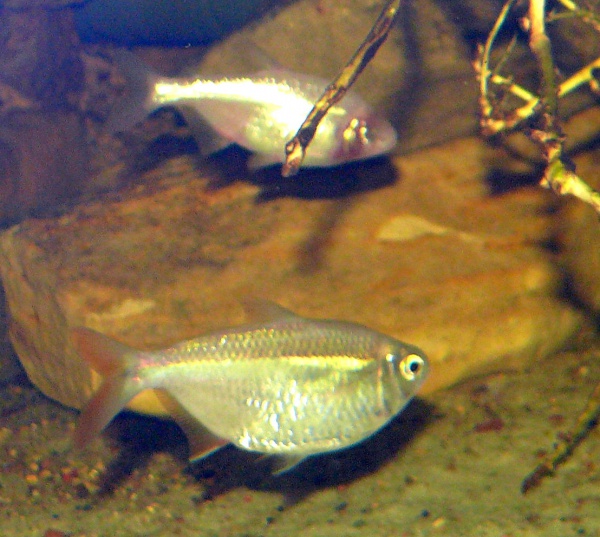Facts About Mexican tetra
The Mexican tetra, also known as the blind cave fish, blind cave characin, or blind cave tetra, is a captivating freshwater species from the Characidae family. Native to regions in Texas and Mexico, these fish are a popular choice among aquarists, particularly the blind variant.
Typically, the Mexican tetra reaches a size of about 12 cm and displays rather unremarkable coloration. However, the cave-dwelling version of this fish is distinctive. It lacks eyes and pigment, resulting in a pinkish-white appearance. These adaptations enable it to thrive in the dark cave environments where it inhabits.
In the wild, Mexican tetras are peaceful fish that swim at mid-water levels above rocky and sandy substrates. They prefer subtropical climates and specific water conditions. Their diet consists of crustaceans, insects, and annelids. In aquariums, they are omnivorous and can adapt to a variety of foods.
The blind cave tetra is particularly renowned for its exceptional adaptation to cave life. These fish have evolved to navigate total darkness by utilizing their lateral lines, a sensory system that detects vibrations and movements in the water. Various cave populations of this species exhibit differing degrees of blindness and pigmentation loss.
Interestingly, some scientists propose that the blind and colorless cave variant of the Mexican tetra should be classified as a separate species, named Astyanax jordani. However, this classification remains debated due to conflicting genetic evidence. The Mexican tetra serves as a valuable model for studying evolutionary adaptations, especially concerning regressed traits like eyes and pigmentation.
Research indicates that the loss of eyes in these fish is due to their ancestors moving from surface waters into dark caves. The blind cave tetra has developed other heightened senses, such as an enhanced sense of smell and improved energy storage, to adapt to its new environment.
In aquariums, blind cave tetras are robust and do not rely on sight to locate food. They thrive in settings with subdued lighting and rocky substrates, mimicking their natural habitat. As they age, they can become semi-aggressive and prefer to school with their kind. Through selective breeding, these unique fish are now widely available for aquarium enthusiasts.

 Belize
Belize